
A section of the Museum of Evidence of War Crimes by Japanese Army Unit 731 on Saturday in Harbin, Heilongjiang province, after its recent redisplay project. (Photo/Xinhua)
The Museum of Evidence of War Crimes by Japanese Army Unit 731 in Harbin, Heilongjiang province, recently finished its 70-day redisplay project and released new evidence of atrocities during the War of Resistance Against Japanese Aggression (1931-45) on Tuesday.
New evidence of human experiments and crimes involving biochemical weapons by Japan, including 2,862 artifacts, 23,000 pages of files, 810 minutes of video of former members of Unit 731 and 5,980 items and books involving the war, was put on display recently at the museum.
The new exhibits were mainly received via archaeological excavations, new academic achievements as well as overseas investigations over the past seven years, which can provide solid and authoritative support for the criminal evidence chain, according to the museum.
Most of the new exhibits, including a file detailing information about the members of the notorious Unit 731 of the Imperial Japanese Army, were exhibited publicly for the first time.
"The file recorded information, including the names, place of origin, branch of service and rank of all its 3,497 members," Jin Chengmin, curator of the museum, told Xinhua News Agency. "The new findings provide firsthand historical data support for the research on its basic historical facts.
"Previous academic achievements mainly covered wartime crimes such as biological warfare and human experiments, war responsibilities and postwar damages," said Jin. "There were few studies on major historical facts such as the basic information of Unit 731 members. The file filled a key gap in the publishing of Chinese historical documents on biological warfare by the Japanese army."
The 10,000-square-meter museum is divided into six exhibition rooms.
It is devoted to examining the top-secret biological and chemical warfare research base established by Japan in Harbin in 1935 that served as the center of its biological warfare efforts in China and Southeast Asia.
During World War II, Unit 731 conducted experiments on people to test germ-releasing bombs and chemical weapons, among other atrocities.
Many civilians and prisoners of war from China, the Soviet Union, the Korean Peninsula and Mongolia perished at the hands of Japanese scientists. Some of them were children.
At least 3,000 people were used for human experimentation by Unit 731 and more than 300,000 people across China were killed by Japan's biological weapons.
After more than 30 years of investigation and collection, the museum now has nearly 100,000 pieces of relics and historical materials in seven categories.
The museum has also obtained a number of academic research achievements with national influence, according to the museum.








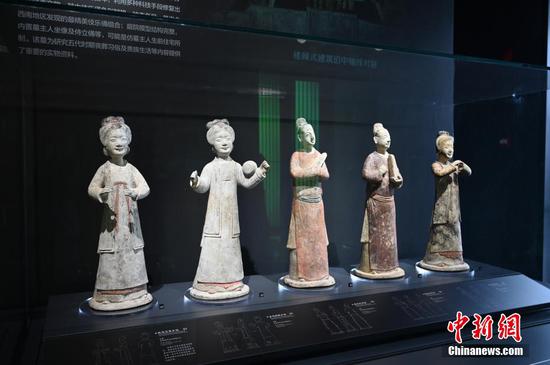

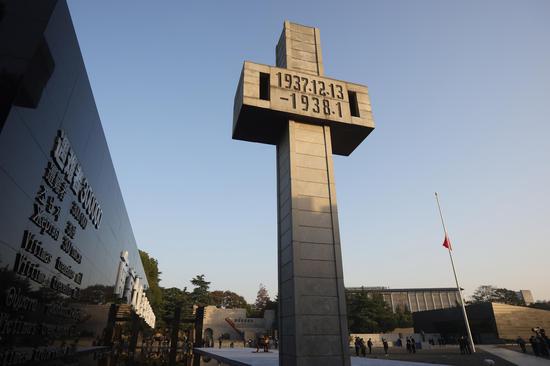

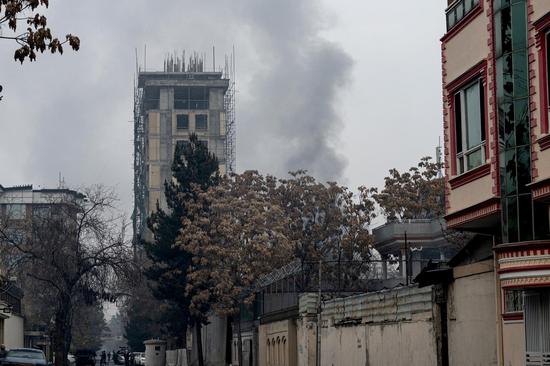




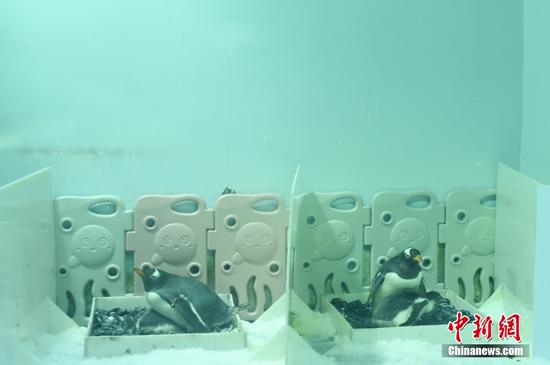



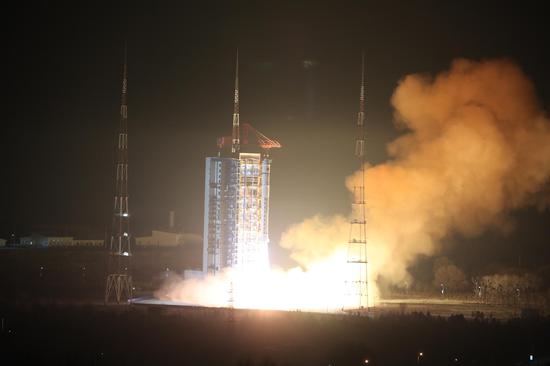





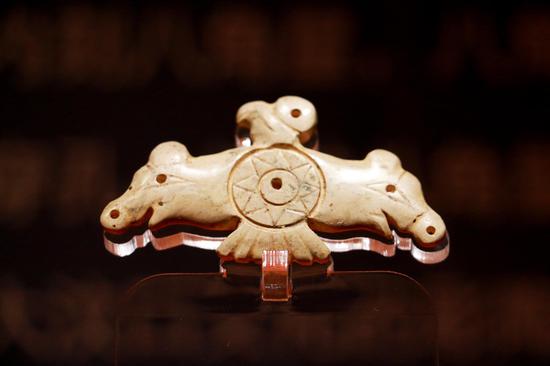








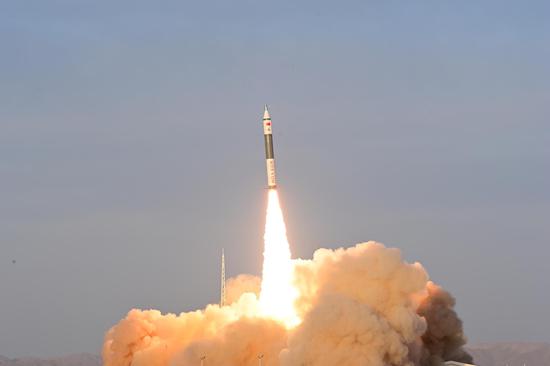






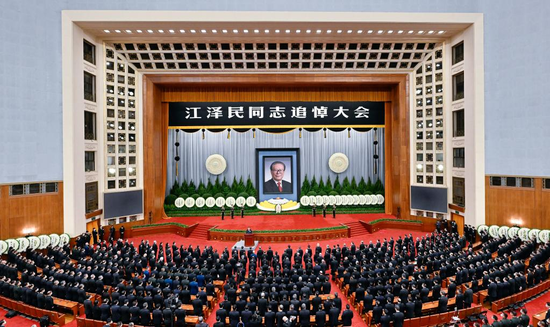
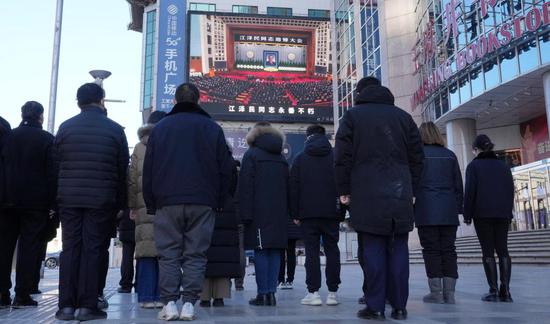





 京公网安备 11010202009201号
京公网安备 11010202009201号